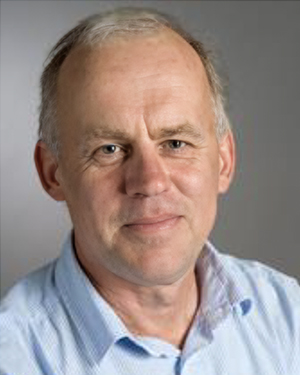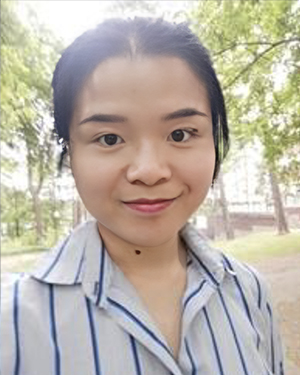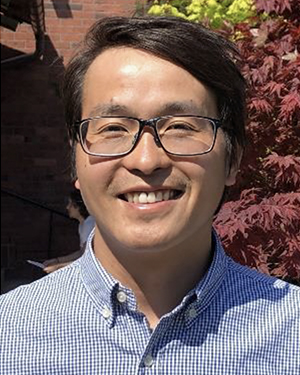Focus Seminar on hard metals
Hillert Materials Modeling Focus seminar series II

In an event co-organized with Sandvik Coromant AB, Hillert Modeling Laboratory presents four seminars on hard metals, covering ab initio modeling and experimental investigation of cemented carbides. This is the second seminar in a series focusing on specific industrial questions and challenges related to materials modeling, featuring leading experts within the field.
Time: Tue 2024-04-23 14.00 - 16.00
Video link: https://kth-se.zoom.us/j/62929759007
Language: English
This event consists of four short seminars on hard metals, given by four distinguished scientists within the field of ab initio modeling and experimental investigation of cemented carbides.
Professor Göran Wahnström
First-principles derived “interfacial phase diagrams” for phase boundaries in doped cemented carbides
PhD RuiwenXie
Quantum mechanics basis of quality control in hard metals
Professor Klaus Leifer
Towards atomic resolution electron magnetic circular dichroism
PhD Song Lu
Stacking fault energy and deformation mechanism of binder phase
For questions please contact: hillertmodelinglab@kth.se
Welcome!
More information about the topics and the speakers below.
Seminars
Seminar A
First-principles derived “interfacial phase diagrams” for phase boundaries in doped cemented carbides
Professor Göran Wahnström
The macroscopic properties of polycrystalline materials, such as hard metals, may be equally influenced by the thermodynamic and mechanical properties of its internal interfaces as by the properties of the constituent bulk phases. Therefore, being able to understand and predict the properties of interfaces of polycrystalline materials becomes important.
We have developed a methodology based on a combination of DFT calculations and Thermo-Calc evaluations to determine the properties of interfaces in WC/Co based cemented carbides, doped with secondary transition metal carbides. The material is produced under liquid phase sintering conditions and the doping is used to mitigate the WC grain growth to obtain a harder material. It is known that the dopants may segregate to phase boundaries in the material and produce complex interfacial structures. We use our developed technique to derive “interfacial phase diagrams”, which depict regions of stability for different interface structures as function of temperature and chemical potentials.
Seminar B
Quantum mechanics basis of quality control in hard metals
PhD Ruiwen Xie
Non-destructive and reliable quality control methods are a key aspect to designing, developing and manufacturing new materials for industrial applications and new technologies. The measurement of the magnetic saturation is one of such methods and it is conventionally employed in the cemented carbides industry. We present a general quantum-mechanics-based relation between the magnetic saturation and the components of the binder phase (85Ni15Fe) of cemented carbides, which can be directly employed as a quality control. The excellent agreement between calculated and measured magnetization saturation demonstrates the applicability of our method to any binder phase, which allows us to explore new materials for alternative binder phases efficiently.
Seminar C
Towards atomic resolution electron magnetic circular dichroism
Professor Klaus Leifer
To date, the transmission electron microscope is in many domains of science the only instrument that allows the analysis of bulk properties with down to sub-atomic resolution. Magnetic measurements in the TEM approach sub-nanometer to atomic resolution nowadays using techniques such as electron holography, electron magnetic circular dichroism (EMCD) and Lorentz microscopy. The hitherto best resolutionswere reported using the technique of (EMCD). The phenomenon of EMCD observed has stimulated many experiments since the proposal of the method by P. Schattschneider[1]. The technique has demonstrated atomic plane resolution of the core loss edge of the ferromagnetic elements. Thus, this technique might also enable the analysis of a magnetic sample at atomic resolution. Here, we show that an improvement of signal/noise ratio and orientation control of the sample leads to a strong enhancement of the EMCD signal whereas the use of highly convergent electron beams yields an EMCD signal inside the convergent beam diffraction disk. The use of custom-made multi-hole apertures inside the energy filter finally allows us to demonstrate an EMCD signal on the zone axis orientation at convergence angles corresponding to atomic resolution conditions. In a collaboration with SandvikCoromant, we have started to apply this technique for the analysis of magnetic phases in hard materials.
[1] Schattschneider,etal. (2006). Nat. 441(7092): 486. Ruszet al. (2016). Nat. Comm., 7: 12672; Wang et al. (2018). Nat. Mat. 17: 221. Ali et al. (2020).
[2] Negi et al. (2019). Phys.Rev.Lett. 122: 037201.
Seminar D
Stacking fault energy and deformation mechanism of binder phase
PhD Song Lu
Stacking fault energy (SFE) plays an important role in deformation mechanisms and mechanical properties of face-centered cubic (fcc) metals and alloys. This is also true for Co as the binder phase in hard metals. Here, I will discuss the experimental and theoretical methods for determining the SFE and the correlations between SFEs and deformation mechanisms. I will discuss the underlying dislocation mechanisms underpinning twinning and martensitic transformation in metastable fccmetals. The atomistic scale simulations of Co binder phase (solid solution) for understanding the thermodynamicalproperties and deformation behaviors will facilitate our design of Co-free new binder phases.



